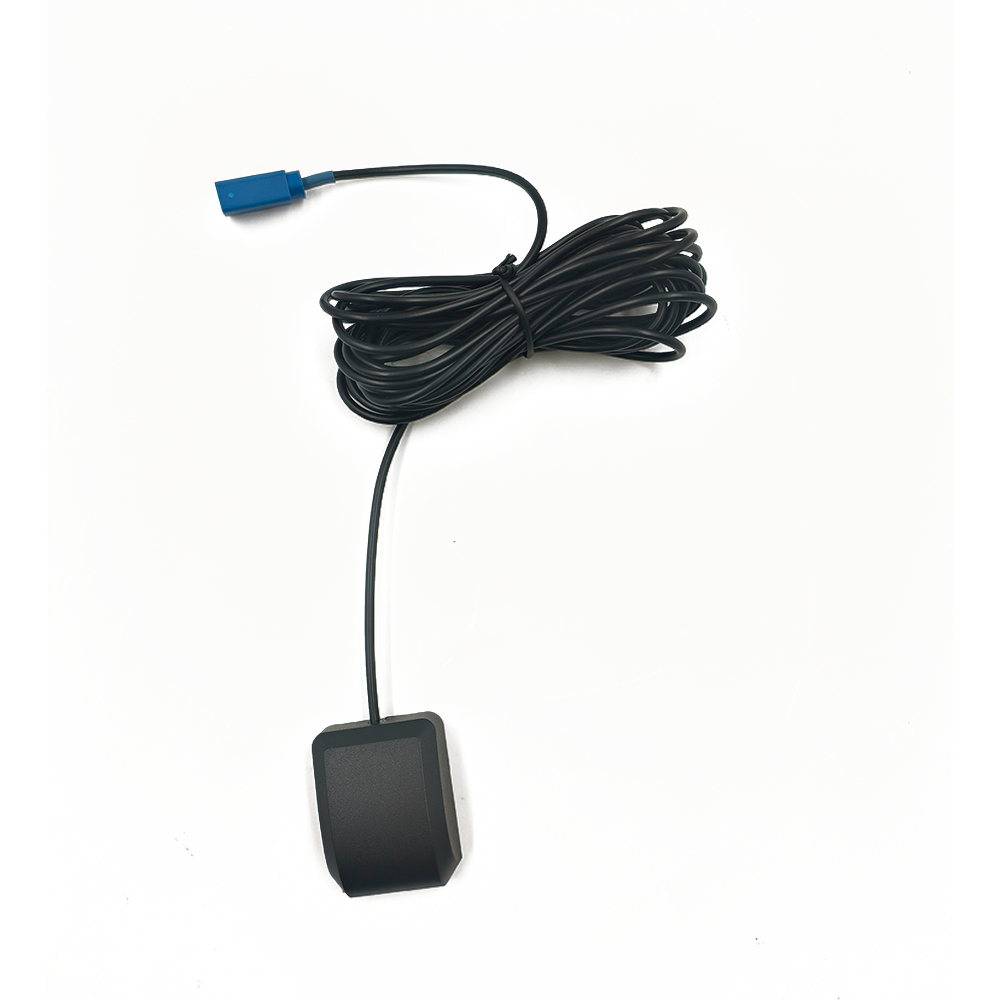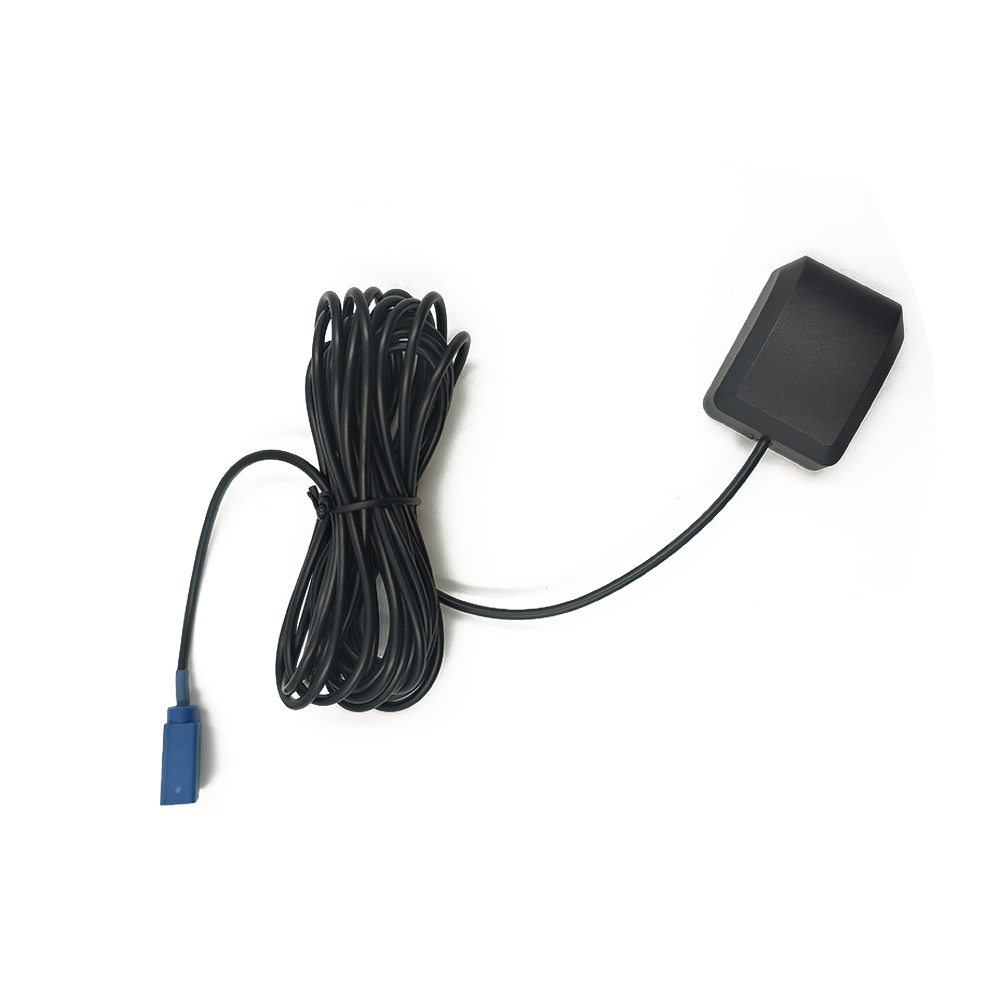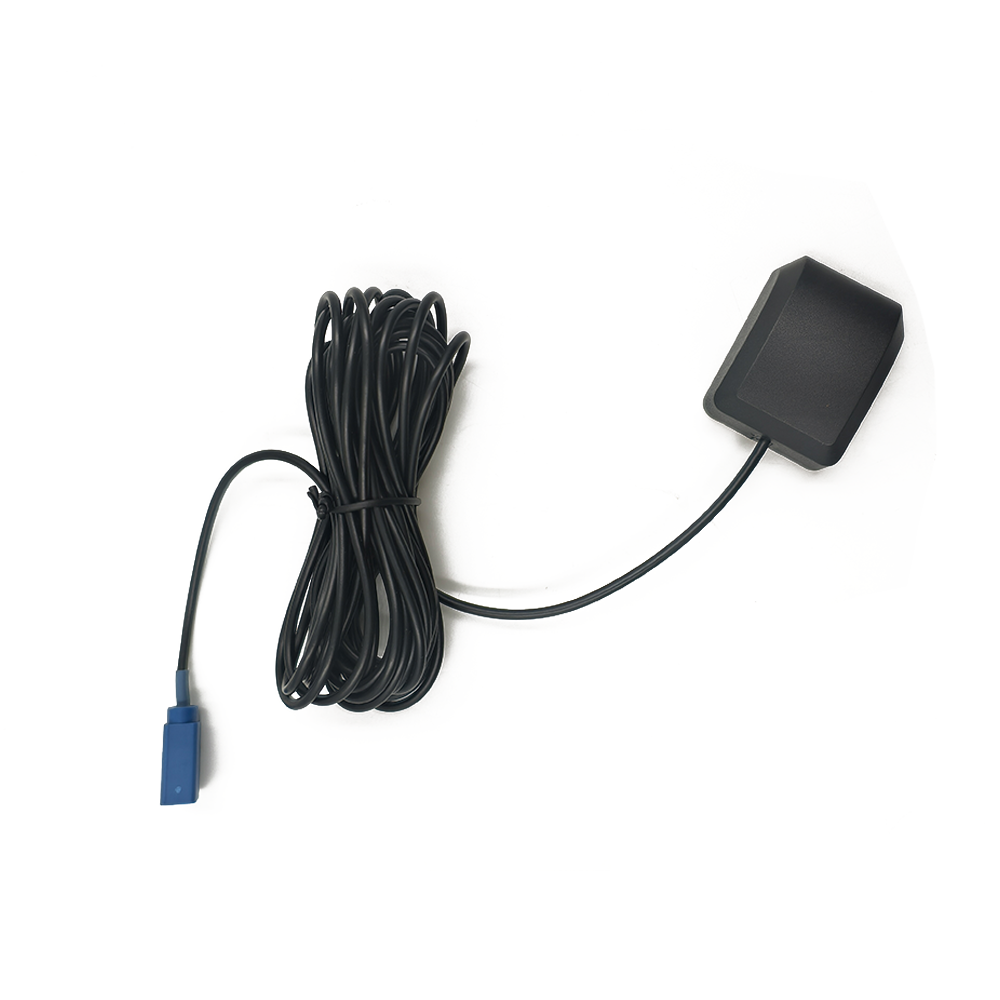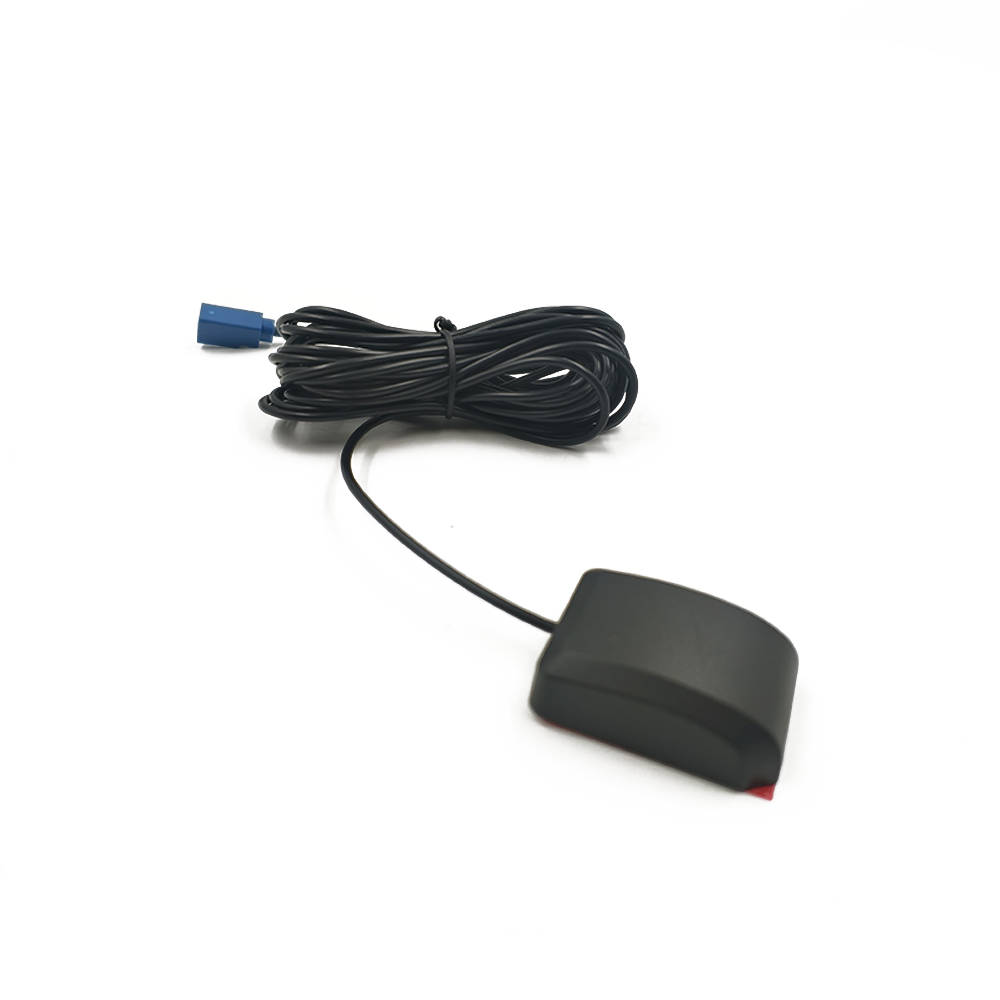5.1 Current Applications
5.1.1 Fleet Tracking and Management
The most obvious application of GNSS antennas in vehicle installation is fleet tracking and management. Transportation companies use GNSS - enabled devices to monitor the location, speed, and status of their vehicles in real - time. This allows them to manage their fleets more efficiently, allocate resources effectively, and improve customer service by providing accurate delivery time estimates. In addition, it helps in preventing vehicle theft, as the location of the stolen vehicle can be quickly determined.
5.1.2 Logistics and Supply Chain Management
In the logistics and supply chain industry, GNSS antennas play a crucial role in optimizing the movement of goods. By tracking the location of trucks, trains, and ships, companies can better plan their inventory levels, reduce transit times, and improve the overall efficiency of the supply chain. For example, in just - in - time manufacturing, knowing the exact location and estimated arrival time of incoming raw materials is essential for maintaining production schedules.
5.1.3 Smart City Transportation
In the context of smart cities, GNSS - equipped vehicles are an integral part of the intelligent transportation system. They can communicate with traffic management centers, providing data on traffic congestion, vehicle flow, and road conditions. This data can be used to optimize traffic signal timings, manage parking spaces more efficiently, and develop new transportation services such as ride - sharing and autonomous vehicle fleets.
5.2 Future Trends
5.2.1 Integration with 5G and Internet of Things (IoT)
The future of GNSS antennas in vehicle installation lies in their integration with emerging technologies such as 5G and IoT. 5G offers high - speed, low - latency communication, which can enable real - time data transfer between vehicles, infrastructure, and cloud - based services. By integrating GNSS with 5G, vehicles can receive more accurate and up - to - date information, such as real - time traffic updates, road hazard warnings, and precise navigation instructions. In addition, the IoT ecosystem will allow vehicles to communicate with other IoT devices, creating a more connected and intelligent transportation environment. For example, a vehicle could communicate with smart sensors on the road to detect potholes or with nearby charging stations to reserve a charging slot.
5.2.2 Higher Precision and Accuracy
There is a continuous drive to improve the precision and accuracy of GNSS positioning. Future GNSS antennas and receivers are expected to achieve even higher levels of accuracy, perhaps down to centimeter - level positioning in more widespread applications. This will be beneficial for applications such as autonomous driving, where precise knowledge of the vehicle's position is critical for safe operation. New satellite constellations, improved signal processing algorithms, and the use of additional augmentation systems are some of the factors that will contribute to higher precision.
5.2.3 Miniaturization and Cost - Reduction
As the demand for GNSS - enabled devices in vehicles continues to grow, there will be a trend towards miniaturization and cost - reduction. Smaller and more compact GNSS antennas will be developed, which can be easily integrated into the vehicle's design without taking up much space. At the same time, advancements in manufacturing techniques and economies of scale will lead to lower production costs, making GNSS - based fleet management systems more affordable for a wider range of businesses.
Conclusion
GNSS antennas for vehicle installation have become an indispensable part of modern fleet management. Their ability to provide precise location information, enhance safety, and optimize operations has transformed the transportation and logistics industries. Through continuous innovation in design, construction, and signal processing, GNSS antennas have overcome many challenges such as multipath interference and signal blockage, although some issues still persist.
Looking to the future, the integration of GNSS with emerging technologies like 5G and IoT holds great promise for creating a more intelligent and efficient transportation ecosystem. The trend towards higher precision, miniaturization, and cost - reduction will further expand the applications of GNSS antennas in vehicles. As the technology continues to evolve, fleet managers can expect even more advanced features and capabilities, enabling them to manage their fleets more effectively and contribute to the development of smart cities and sustainable transportation. In summary, GNSS antennas are not only a key enabler of current fleet management practices but also a cornerstone for the future of intelligent transportation.




































































 Language
Language
 En
En Cn
Cn Korean
Korean

 Home >
Home > 








 18665803017 (Macro)
18665803017 (Macro)













